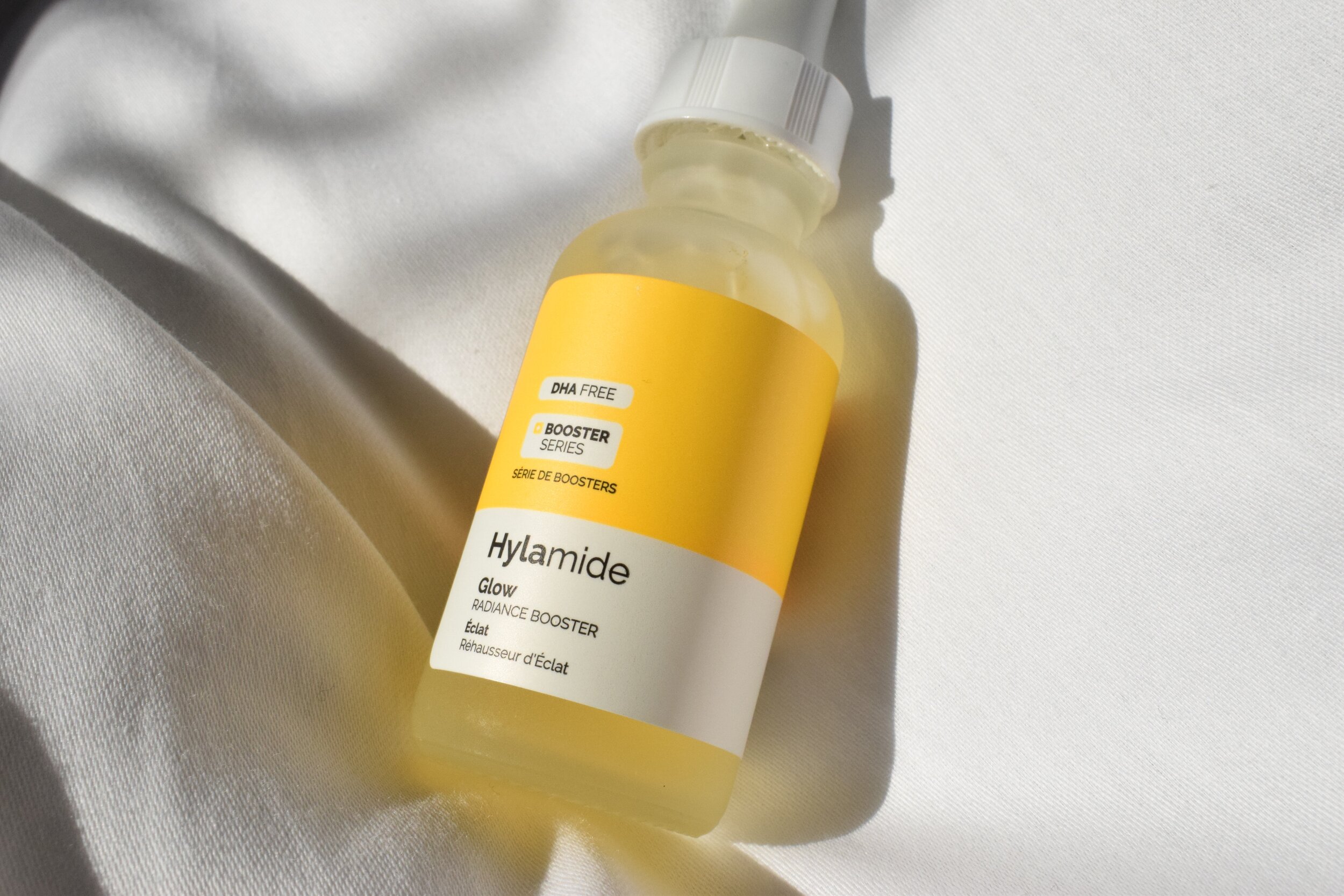4 Powerful Ways Your Brands can Achieve Sales Success

Product category
Author
Consumers today are inundated with brand messaging on a daily basis. From social media to advertising to newsletters and content platforms, brands are constantly trying to communicate with their customers in an effort to establish loyalty and sales touchpoints. At first glance, it would appear that more interaction would convert to more sales, however, research shows that the opposite is true. Rather than creating more engagement, customers pull away overwhelmed by messaging and options. A recent Harvard Business Review article took a closer look at why less is more when it comes to brand messaging. Find out how to implement a more straightforward and minimal sales process designed to create more conversions.
Matching Intent with User Experience
The most successful way to achieve a sales conversion is to match a customer with their purchasing intent. HBR cites an example of someone who wants to buy a new digital camera. One way to entice them is by outlining camera features, pixels and other technical attributes. However, this does not address why someone wants to buy a new camera. What purpose will it serve in their life? Will it be used professionally or for leisure? Indoors or outdoors? Guiding your customer into buying the right product for its intended use supersedes any technical information. As a company guiding potential buyers to third-party review sites can create trustworthiness in particular in the early exploratory stages of purchasing a product. Those who are actively shopping should be directed to reviews and navigation tools directly on-site. Examples of images or a simulation of how the camera works in action can solidify a customer’s purchase intent.
Creating the Best Purchase Path
To generate more sales, brands need to take time to study their customers’ purchase paths. Rather than expect customers to come to a brand’s website directly companies should consider what third-party sites their customers seek out. Many visit sites where there is an active discussion of products that presents customers with a variety of unbiased opinions about a product. Brands should find out which search terms, search platforms and third-party sites are most relevant to them. It also helps to tailor content and information for specific platforms. For example, 70 percent of potential buyers using a mobile device for search are within a few hours of making a purchase. On the other hand, 70 percent of desktop users are roughly a week away from making a purchase. Accordingly, there should be ease of use for purchases on mobile devices since they are imminent buyers.
Developing Trust Through Brand Ambassadors
Trusted advice can go a long way in terms of decision simplicity. Brands can create both buzz and trustworthiness by working with official and unofficial brand ambassadors. Haul videos have become a popular way for influencers to give honest feedback of products. In them, mostly young women review the purchases that they’ve made at a mall presenting their unfiltered opinions of products. Brands like J.C. Penney and American Eagle have experienced success and hosted unbiased haulers on their websites and in their communications. Haulers are transparent about their relationships to said companies (they often receive gift cards for those brands) and often review a variety of products rather than just one brand. Another great example of a brand working with trusted advisers is the Walt Disney World Moms Panel. This panel is composed of moms who have traveled extensively to Disney World properties and provide advice to consumers planning to travel to Disney destinations. Their advice is informative, reliable and genuine, providing future travelers with information about specific locations within the resorts and detailing how to attain the best experience there. Building a team of ambassadors and advisers can help brands convert potential buyers into customers by establishing credibility and trustworthiness.
Guiding Consumers Through Options
Brands often have a multitude of SKUs (Stock Keeping Units) which can make it hard for the customer to decide which product is best. A great way to help decision-making is to narrow and tailor choices in a personalized process. This is what hair brand Herbal Essences does, leading visitors through a path of their hair type and needs which generates the best offering for them. Companies can help inform customers of what product is best for them by providing a “quiz” based on personality or needs that helps potential buyers discover the best product for them rather than just overwhelming them with options.
Conclusion
Brands can achieve more sales success by keeping things simple and helping their customers make purchasing decisions through the correct third-party sites, brand ambassadors and personalized purchase path. Customers look for authenticity and ease of navigation when making a purchase. By streamlining the sales process and helping customers make informed decisions brands can acquire and retain more customers.


